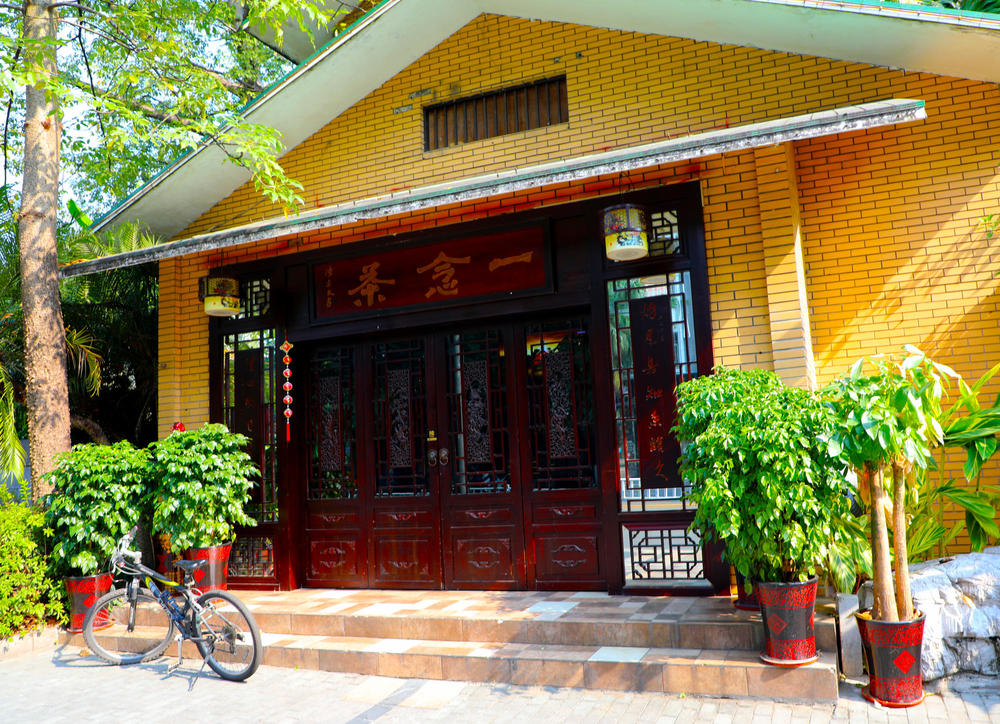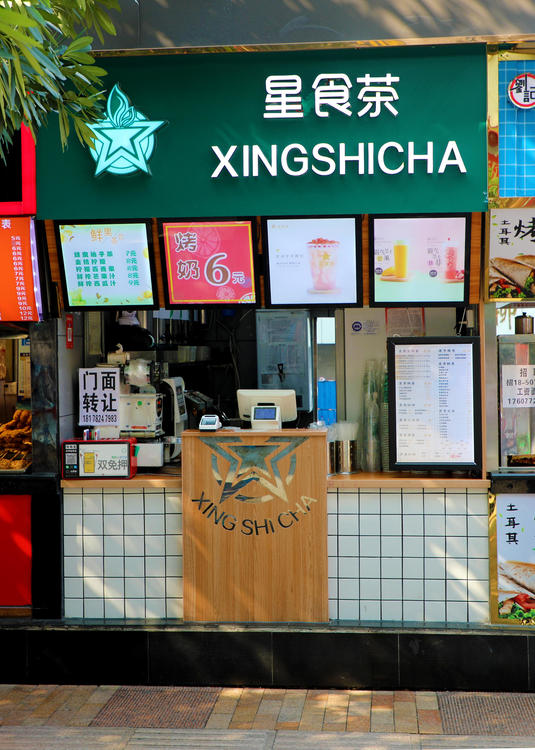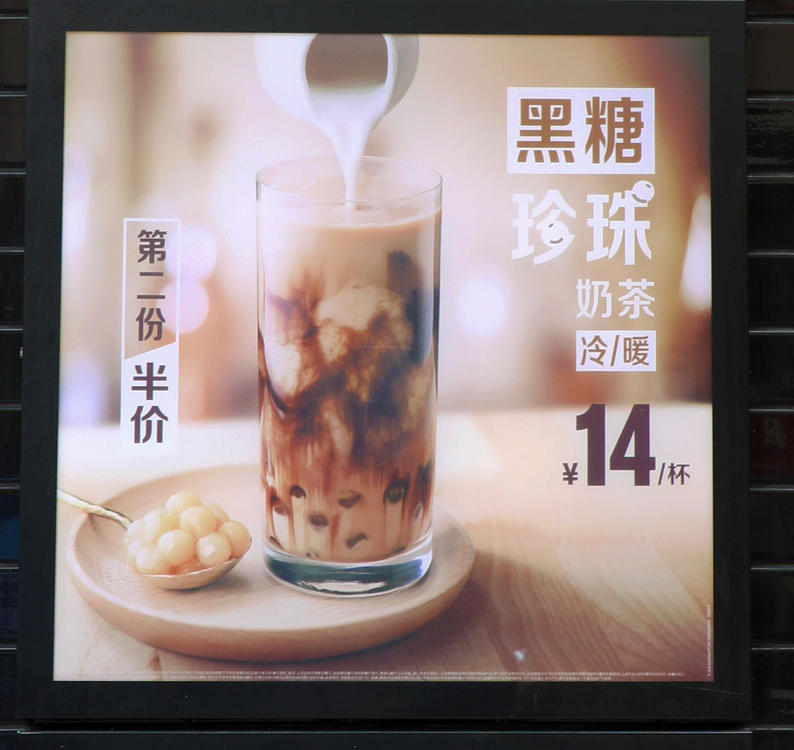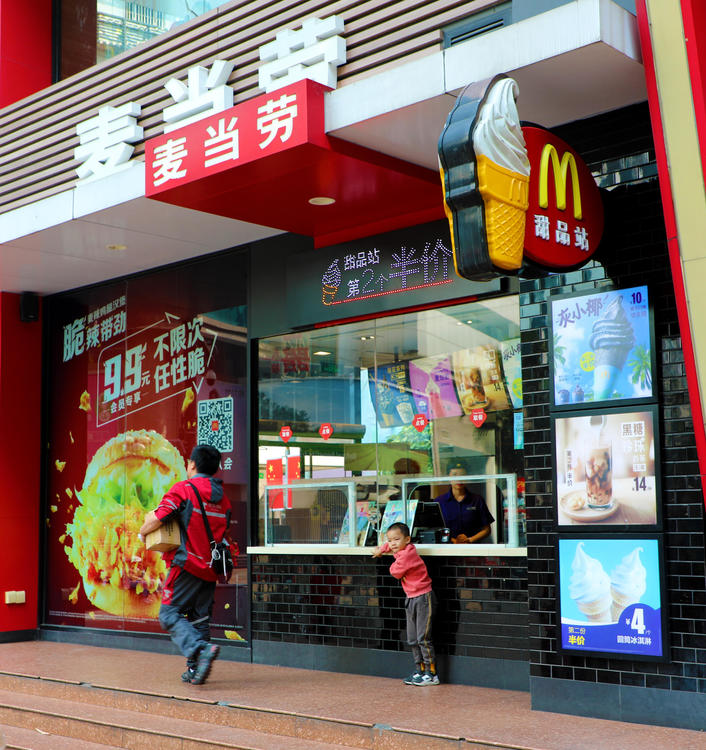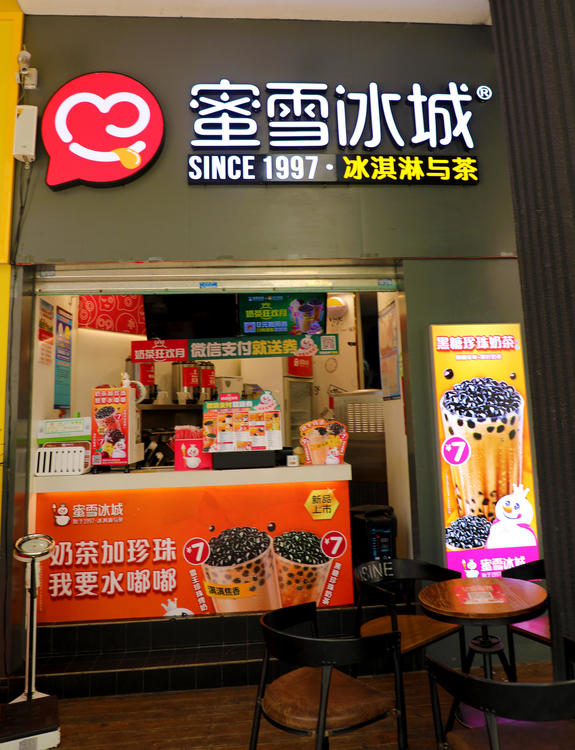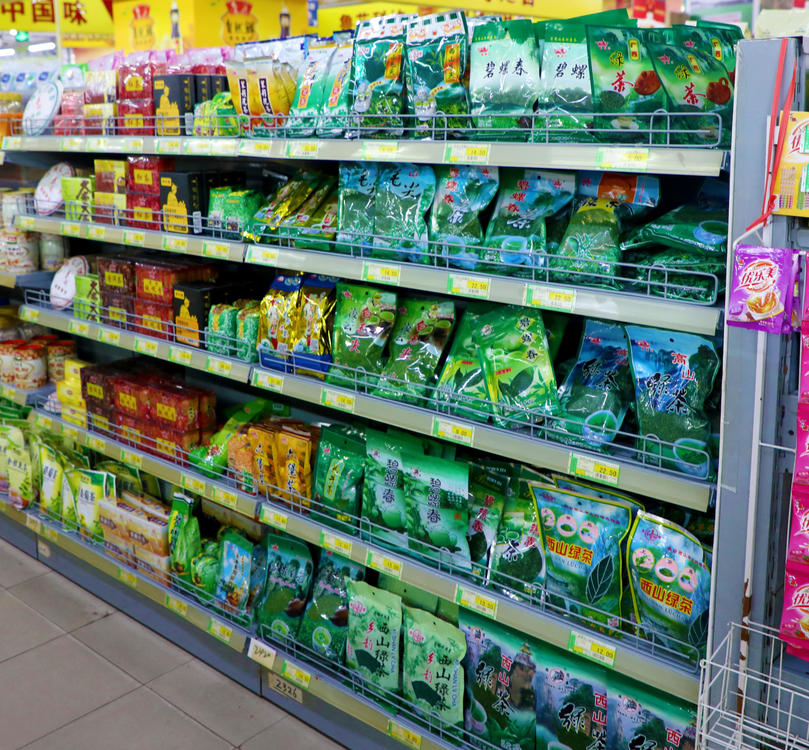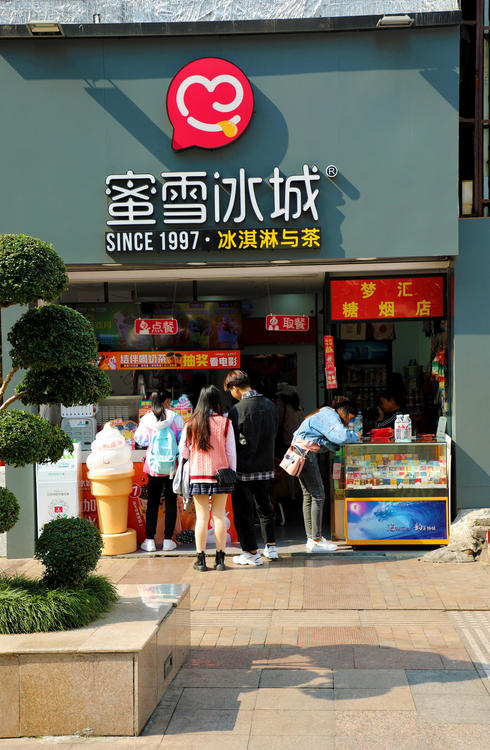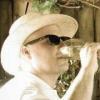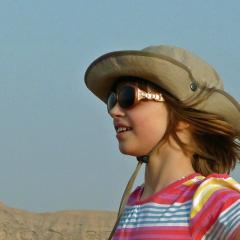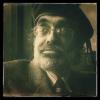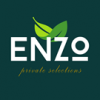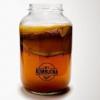Search the Community
Showing results for tags 'Tea'.
-
This arose from this topic, where initially @Anna N asked about tea not being served at the celebratory meal I attended. I answered that it is uncommon for tea to be served with meals (with one major exception). I was then asked for further elucidation by @Smithy. I did start replying on the topic but the answer got longer than I anticipated and was getting away from the originally intended topic about one specific meal. So here were are.. I'd say there are four components to tea drinking in China. a) When you arrive at a restaurant, you are often given a pot of tea which people will sip while contemplating the menu and waiting for other guests to arrive. Dining out is very much a group activity, in the main. When everyone is there and the food dishes start to arrive the tea is nearly always forgotten about. The tea served like this will often be a fairly cheap, common brand - usually green. You also may be given a cup of tea in a shop if your purchase is a complicated one. I recently bought a new lap top and the shop assistant handed me tea to sip as she took down the details of my requirements. Also, I recently had my eyes re-tested in order to get new spectacles. Again, a cup of tea was provided. Visit someone in an office or have a formal meeting and tea or water will be provided. b) You see people walking about with large flasks (not necessarily vacuum flasks) of tea which they sip during the day to rehydrate themselves. Taxi drivers, bus drivers, shop keepers etc all have their tea flask. Of course, the tea goes cold. I have a vacuum flask, but seldom use it - not a big tea fan. There are shops just dedicated to selling the drinks flasks. c) There has been a recent fashion for milk tea and bubble tea here, two trends imported from Hong Kong and Taiwan respectively. It is sold from kiosks and mainly attracts younger customers. McDonald's and KFC both do milk and bubble teas. Bubble and Milk Tea Stall And Another And another - there are hundreds of them around! McDonald's Ice Cream and Drinks Kiosk. McDonald's Milk Tea Ad d) There are very formal tea tastings and tea ceremonies, similar in many ways to western wine tastings. These usually take place in tea houses where you can sample teas and purchase the tea for home use. These places can be expensive and some rare teas attract staggering prices. The places doing this pride themselves on preparing the tea perfectly and have their special rituals. I've been a few times, usually with friends, but it's not really my thing. Below is one of the oldest serious tea houses in the city. As you can see, they don't go out of their way to attract custom. Their name implies they are an educational service as much as anything else. Very expensive! Tea House Supermarkets and corner shops carry very little tea. This is the entire tea shelving in my local supermarket. Mostly locally grown green tea. Local Guangxi Tea The most expensive in the supermarket was this Pu-er Tea (普洱茶 pǔ ěr chá) from Yunnan province. It works out at ¥0.32per gram as opposed to ¥0.08 for the local stuff. However, in the tea houses, prices can go much, much higher!
- 31 replies
-
- 10
-

-

-
My wife is a huge fan of Kroger's Private Slection Sweet Cinnamon Spice Tea, see http://www.privateselection.com/artisan-products/gourmet-beverages/teas/sweet-cinnamon-spice-tea-caffeine-free/. The label indicates that the tea comprises cinnamon, ginger root, rosehip, organge peel, and peppermint. Would any of you be able to share a more detailed recipe for this blend? Thx.
-
A couple of weeks ago we had an event here at my apartment building. The woman who made the coffee told me that she added a small amount of salt to the freshly brewed coffee. I was stunned ... never heard of such a thing! A few days ago I was watching an old episode of Good Eats, and there was Alton adding a pinch of salt to his fresh-brewed French press coffee, saying that the salt reduces bitterness. Once again I was surprised. So, what's the story behind adding salt to fresh-brewed coffee? Is it done if the beans are mediocre or poorly roasted? Or when certain methods are used for brewing? Or is it just something people do because they heard about it and don't know better ... like how searing a steak seals in juices? Do you put salt in your coffee? Thanks!
-
Well it happened again. I was at a local coffee roaster and asked for their darkest roast. I got a withering glare and was informed that they only roast light. Like I had asked for a well done steak or for a vodka martini at a different type of establishment. My main espresso stand uses a pretty light roast and shares the opinion on dark roasts, although they are less supercilious about it. Pretty much every cafe in Australia uses a light roast. I'm getting used to the lighter espresso, especially when brewed well, but I kind of miss being able to go to the dark side. And I find that light roasts are often higher caffeine than I want. Is this light roast fetish an Aussie thing or is it a coffee snob thing? Or just the way they like it, thank you, nothing wrong with that? Thoughts on different roasts. Are preferences regional - is French Roast really a French thing? What do you like and why? Does it vary with brewing method? Am I terminally un-hip?
-
A friend just bought some kombu cha and can't find instructions on how to brew it. This is a solid tea, not powdered. Anyone know?
-
via johnder, this thing appears to be on the market... The Pour Steady. via my hipster niece, "We are seriously two innovations away from circling back to Mr. Coffee."
-
Hello all, I'm starting an online tea store and would appreciate your input. What could we do to ensure you had an exceptional experience every time you shopped there? Thank you!
-
I brew coffee, tea and cocoa beans. Seeking suggestions on suppliers of quality flavorings - examples: almond, vanilla, mint. caramel, coconut, pineapple etc. Most of what I find has an overwhelming taste of alcohol, glycerin or artificial flavorings or sweeteners - or just plainly too much sweet, not much added flavor....really not crazy about anything too sweet. Can anyone make any recommendations? perhaps part of the problem is most of what I find is intended to flavor either baked goods or snowcones! LOL thank you.
-
The other week I was poking around on Aliexpress for tea, and I came across an appealing looking assortment of samples. 30something varieties for somewhere around $7.50. Seemed it was worth the risk. It finally arrived. I intend to taste my way through these and share my notes here.
-
Even though I would like to change the situation, the winter is coming. Sooner or later there will be sharp winds, frost and unpleasant moisture. I don't know how you like to warm up at home, but on the first cold day I dust off my home recipe for hot and yummy winter teas. You can use my recipe or come up with your own proposals for fiery mixtures. Only one thing should be the same: your favourite tea must be strong and hot. Ingredients (for 2 teas)Raspberry-orange 8 cloves a piece of cinnamon 2 grains of cardamom 4 slices of orange 2 teaspoons of honey your favourite tea 50ml of raspberry juice or 30ml of raspberry juice and 30ml of raspberry liqueur Add 4 of the cloves, cinnamon and cardamom to some water and boil for a while to release their flavour and aroma. Remove the seasoning and brew the tea with this water. Crush two slices of orange with honey. Add the raspberry juice or a mixture of juice and liqueur to the tea. Next add the honey with orange. Mix it in. Decorate the tea with the rest of the cloves and orange. Lemon-ginger 8 cloves 3 slices of fresh ginger 2 grains of cardamom 50ml of ginger syrup or 30ml of ginger syrup and 30ml of ginger-lemon liqueur 4 slices of lemon 2 teaspoons of honey Add 4 of the cloves, ginger and cardamom to some water and boil for a while to release their flavour and aroma. Remove the seasoning and brew the tea with this water. Crush two slices of lemon with honey. Add the ginger syrup or mixture of syrup and liqueur to the tea. Next add honey with lemon. Mix it in. Decorate the tea with the rest of the cloves and lemon. Enjoy your drink!
-
I hear a lot of talk about the amount of caffeine in the second steeping of tea, and I thought it would be interesting to look at some of the hard research data on the subject. A number of sites deal with this issue and I will eventually list more. But this is a good place to start the discussion http://39steeps.blogspot.com/2009/07/tea-myth-busted-90-of-caffeine-comes.html
-
- 1
-

-
What do people here think of the "bulletproof coffee" fad, or just butter coffee in general? Here is a company that promotes it, and here is a random discussion on the Interwebz, plus this piece from Fox News. The basic idea is mixing butter and/or something like coconut oil with coffee. Obviously there is also a tradition of mixing butter and tea, but until recently I never heard of the coffee variation (or abomination?). But I've had trouble finding any... let's say, unbiased discussions of its effectiveness, health value, etc.
-
I love green tea powder or matcha but I've been reading along the web that white tea has alot more antioxidants that green tea does so I went into searching for white tea matcha but so far I've found any selling in my neighborhood so I was wondering what do they taste like and if anyone could compare them to matcha green tea for me
-
Hi everyone! Anyone here who have tried brewing their own kombucha? Last Saturday I tried brewing my own. How many days would it take for the tea to be ready to drink?
-
Well, the polar vortex has returned and I am drinking teas that go well with cold weather : strong black tea and powdered green tea with butter ("Tibetan"-style). And, I was wondering: What do you drink- tea-wise- when cold weather hits?
-
Inspired by an exchange between Naftal and Hassouni in the winter tea thread, I thought I'd ask something different but possibly related: what coffee or tea mixtures do people make that they are either embarrassed to admit, or that they find delightfully disgusting or painful? This could be anything from plain old "I drink Folgers black every day!" to an exotic but grotesque mixed drink. I'll start: I'm about to drink my favorite disgusting infusion, Ku Ding, with a cheap bourbon whiskey, Fighting Cock. Interestingly, in my experience the aftertaste of Ku Ding easily outlasts - by a lot - hard liquor. My first experience in this genre was leaving several "nails" of Ku Ding in a bottle of Smirnoff for several days. The experience was roughly this: upon drinking, one is immediately hit with the familiar feeling of drinking Vodka, but then the extreme bitterness of the Ku Ding emerges and permeates the entire gustatory system. (Note: you may remember me from the "butter coffee" thread. Some posters reacted in horror to the idea, so I suppose that would count here as well!)
-
I was kindly given a bag and wow this makes brilliant blue color? But as far as drinking it as tea? Has anyone tried this and have recipes? If not it will be religated to the food coloring section of the pantry? Fascinating the color oozes a very deep unfoodlike blue into the water like you are pouring blue ink in. Straight from the bottle. But the flowers just look like little blue flowers, no evidence the color is anything but natural, it doesnt rub off, but when it hits water you have RIT DYE blue if you out lemon in it turns purple ..fun but I have no clue about these, did a search it does everything from cure diabetes to make blue food color ..i hate search engines
-
Come Winter and Masala Chai (Spiced tea) becomes popular in India. Most of the masala chai available in packets are a mix of mind boggling spices. But I make mine very simple. Here is the recipe for tea enthusiasts: Ingredients: CTC tea leaf (Assam Black) Milk Sugar (To taste) Cardamom (2/3 Pods) Shreded Ginger Clove Powder (1/10 teaspoon) Jaggrey (1/4 Teaspoon) Method Bring water to boil Add leaves and simmer for two minutes Strain Add the rest of the ingredients and simmer for another two minutes. This hot beverage proves to be good during winters for some cheers. It is alo good for people suffering from bad throat.
-
My friend sent me some Chinese tea called Songxiang tea. Has anybody drunk this kind of tea? It's the first time I've heard of this tea.
-
Hello everyone! I have been working in food and beverage industry for almost 10 years in different countries. I am looking forward to learn new things on this forum to expand my food and beverage knowledge as well as sharing my experiences that I gained in my journey! Have a good day! ☺️
-
China's favorite urinating “tea pet” is actually a thermometer.
-
from a friend, a fellow Liuzhou person. https://www.rachelleslab.com/post/tao-gu-on-the-art-of-tea
-
I love lapsang souchong tea. And I am always on the look-out for a better brew. I know Zhi Tea makes a nice one. Does anyone else know of a really good one?
-
A lot of websites include, or are devoted to information about tea. I am not talking about sites that sell tea, just sites that deliver information about this wonderful subject. I like http://asiarecipe.com/china.html This site has a lot of info about chinese food and culture in general, but I love it for the tea stuff. So, what is your favorite site for tea info?


